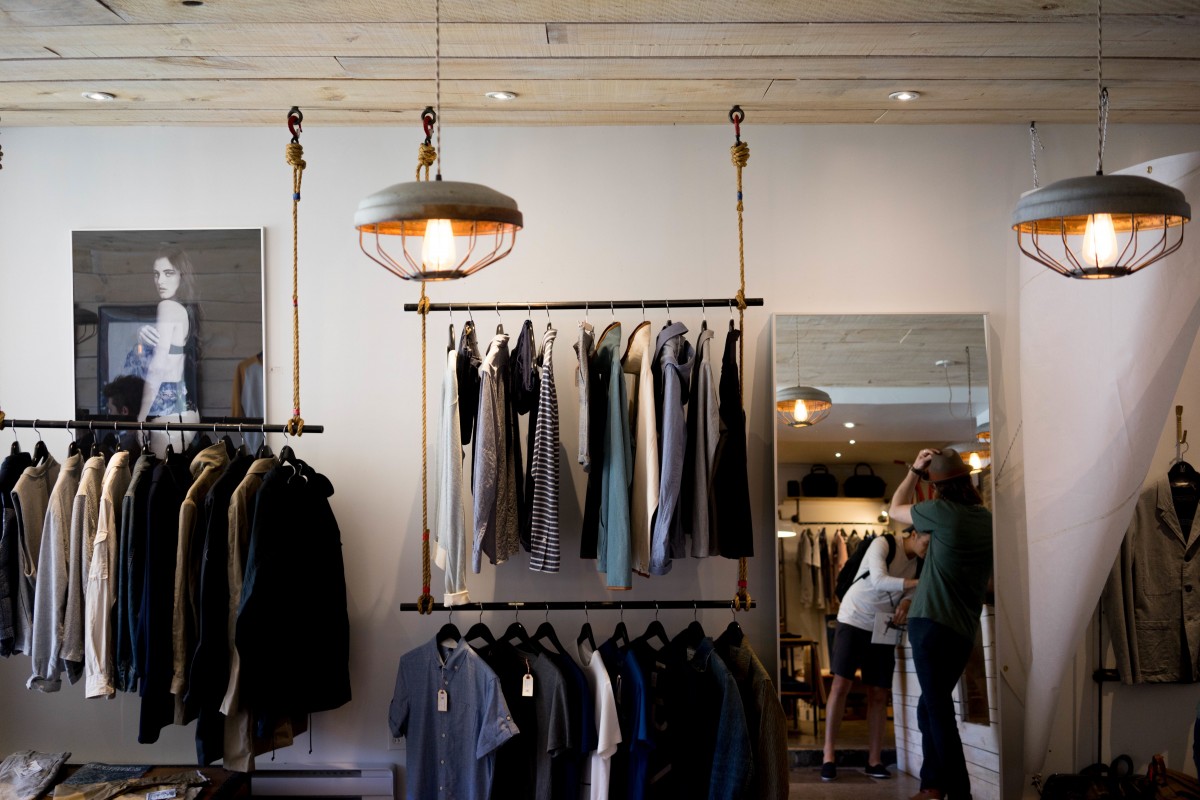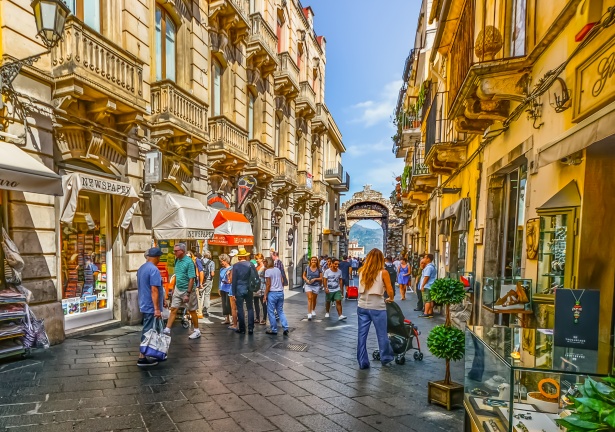A few weeks ago, we discussed the fact that nearly 70% of enterprise marketers at Fortune 500 companies with at least $1 billion in annual revenue lack confidence in their ability to create and deliver personalized advertising at scale. As we are in full holiday spirit right now with shoppers crowding sidewalks and malls from Powell Street in San Francisco to Fifth Avenue in New York, we thought it’d be interesting to look specifically into the practices and capabilities of retailers.
 We continued analyzing "The Personalized Advertising Confidence Gap,” an October 2018 study from Forrester Consulting, and distilled the data to focus on retailers. These findings showed that for this sector there is even more room for improvement than enterprise marketers as a whole when it comes to agile messaging.
We continued analyzing "The Personalized Advertising Confidence Gap,” an October 2018 study from Forrester Consulting, and distilled the data to focus on retailers. These findings showed that for this sector there is even more room for improvement than enterprise marketers as a whole when it comes to agile messaging.
When asked how long it takes their company to create a messaging strategy to reflect new customer conditions or contexts, 83% of retailers said it would take at least a week to do so, 21% points higher than the average among all industries. For retailers, this included 52% who admitted this process would take their company a month or longer.
However, creating a messaging strategy is only the first step. Retailers were slightly quicker at optimizing their messaging, but still over a third of them took between a quarter and a year to do so, along with a campaign refresh, which is 50% higher than the overall respondents. And finally, retailers were once again one of the slowest industries when changing individual ad creative to match changing conditions. The 13% who claimed to be able to do so within a few days was well below the average of 28%, and below every other industry outside of automotive and travel/hospitality.
Companies are basing their strategy around customer-obsessed advertising – delivering ad creatives that cater to customers’ feelings, wants, and needs to show highly relevant ad experiences. This is especially important in retail, a competitive industry subject to the whims of the consumer. “It’s taking too long to create, optimize, and change messaging strategy, which means that companies are less agile,” explains Tyler Hampton, RevJet’s Director of Product Marketing. “They’re missing opportunities to deliver value to consumers at the ‘moment of influence.” Because of these missed opportunities, companies can’t react quickly enough with relevant messaging to make a difference. For example, the weather at a consumer’s location is very important to a tire retailer because they want to be able to immediately serve ads for snow tires as the first winter storm is bearing down on a region. A question retailers have to ask themselves is if creative can be changed across all media partners and channels in enough time to react meaningfully. Without agile messaging, opportunities like this slip away.
Because of these missed opportunities, companies can’t react quickly enough with relevant messaging to make a difference. For example, the weather at a consumer’s location is very important to a tire retailer because they want to be able to immediately serve ads for snow tires as the first winter storm is bearing down on a region. A question retailers have to ask themselves is if creative can be changed across all media partners and channels in enough time to react meaningfully. Without agile messaging, opportunities like this slip away.
This raises the question, what is the cause of customers’ experiences suffering? The study found that retail marketers are 50% more likely than average to lack the technology to execute. This lack of technology that marketers are craving goes beyond the dynamic creative optimization example described above, also includes artificial intelligence, real-time personalization, and identity resolution.
One of RevJet’s major retail customers overcame this challenge by using our platform’s artificial intelligence to source the right product image from a catalog of thousands of SKUs to automate personalization in real time. They capitalized on trending products in the customer’s geography by immediately adding in a trending and relevant product, in addition to what they’re most-likely interested in seeing based on external data-feeds, observed behaviors, historical data and more. RevJet takes it a step further by running experiments among the different personalized creatives to always deliver the most performant experience.
The technology is available, but retailers have yet to embrace it and provide their marketers with the tools to not only succeed, but effortlessly blow past the competition. This is all the more important during the holiday season, which makes up at least 20% of retailers’ full-year sales. It’s too late to implement the right technology this year, but will you be ready when Black Friday 2019 strikes?





